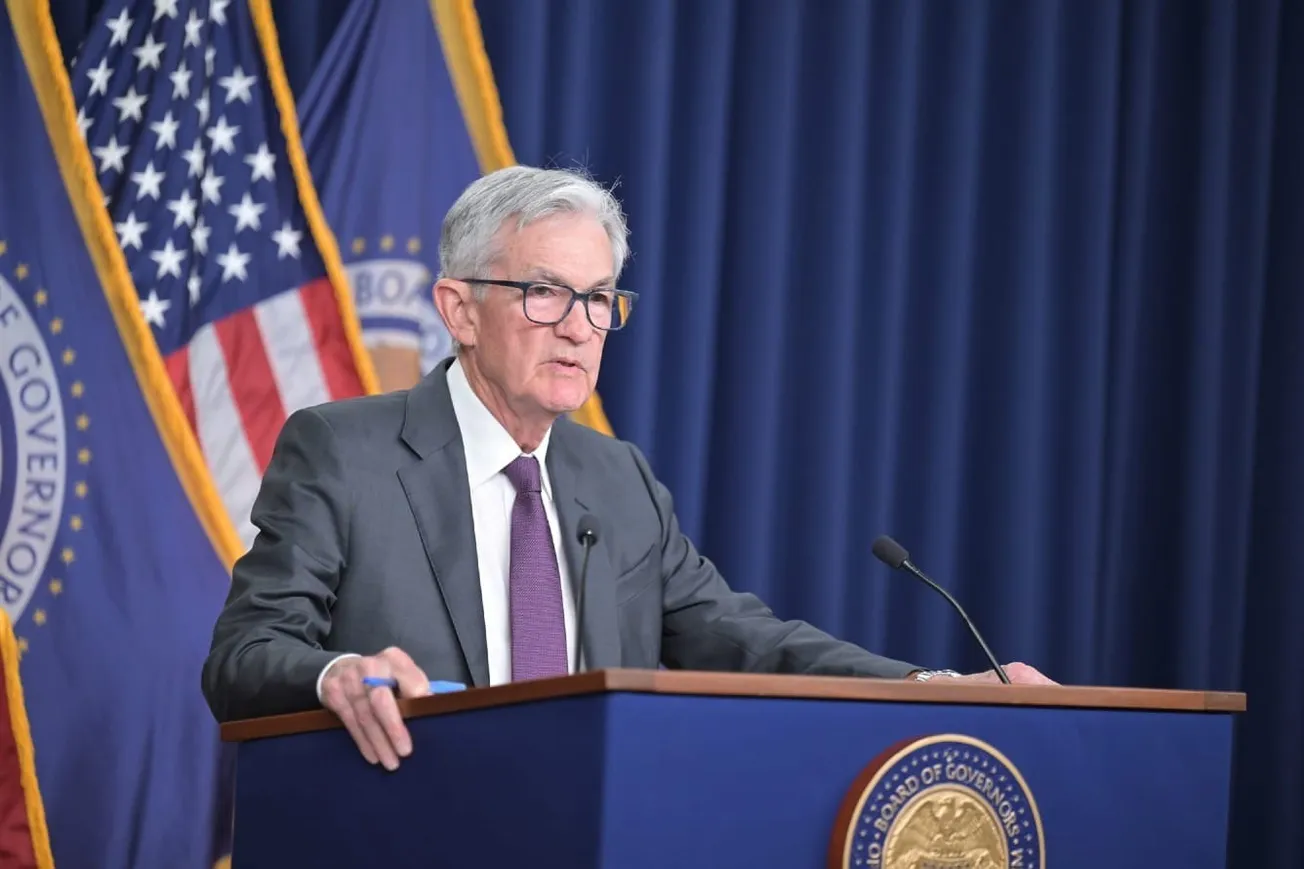By Ryan McMaken, Mises Institute | October 03, 2024
Federal Reserve technocrats like to use a variety of slogans and buzzwords designed to make the Federal Reserve look like it’s an apolitical, “scientific” institution guided only by a quest for sound management of the economy. Specifically, nearly every time Fed chairman Jerome Powell makes an appearance—whether it’s the usual FOMC press conference, or when testifying before Congress—Powell is careful to make mention of how the Fed is “data driven,” and how the Fed “seeks to achieve maximum employment and inflation at the rate of 2 percent over the longer run.”
This sounds nice, of course, and gives the impression that the Fed is concerned about keeping price inflation “low.” In practice, however, limiting price inflation is lowest among the Federal Reserve’s priorities. Rather, the Federal reserve is primarily concerned with using monetary stimulus to keep the government’s borrowing costs low and employment rates high—which is contrary to the alleged goal of “low” price inflation.
Indeed, in recent years we have repeatedly seen how the Federal Reserve’s much-touted two-percent price-inflation goal is little more than a political slogan.
Two-Percent Inflation “Over the Longer Run”
The Fed’s lack of interest in keeping inflation low is demonstrated in part by how the Fed has repeatedly upped its target inflation rate over the past thirty years.
After all, the two-percent target has only been official Fed policy since 2012. It was the result of an arbitrarily-chosen number adopted to mimic with the policy of the European Central Bank which had adopted a two-percent target for the new euro currency in 1999. Before then, the only official, legislative price-inflation target had been zero percent, as stated in the Full Employment and Balanced Growth Act of 1978.
In the 1990s, some members of the Fed’s Federal Open Market Committee—especially Janet Yellen—began calling for a higher target of two percent. After the launch of the euro, the Fed informally adopted a two-percent target, and formally adopted the policy in 2012. The policy, as stated, implied that the Fed would seek to keep the price-inflation rate as close as possible to two percent at all times. Note the target was most definitely not “two percent or lower,” but simply two percent. Thus, during many periods of the past twenty years, we often heard complaints from Fed economists that price inflation was “too low.” The Fed repeatedly stated that it sought to push inflation higher to meet the two-percent target.
Less than a decade after the formal adoption of the two-percent target, however, the Fed abandoned the straight-up two-percent target and turned toward pushing for two percent “over the longer run.” The Fed explicitly stated the purpose of this change was to provide for “a flexible average inflation target.” Fed said this change was necessary because price inflation had supposedly been too low for too long, and this newfound “flexibility” allowed for holding the target rate higher than two percent to bring up the longer-term average rate of inflation.
So, since 2020, targeting two-percent inflation actually means running inflation above two percent—sometimes well above two percent—if the Fed decides that price inflation had been “too low” during some previous period.
The Fed also has total flexibility in how it defines price inflation over the longer term. The “longer term” can be defined as any time period of the Fed’s choosing. At the moment, according to this document from the Richmond Fed, to “compute average annual inflation over longer periods, we calculate annualized percentage changes in the PCE price index between two dates.” The longer run, it seems is the period from January 2012 to the present.
Of course, the time period we choose has a big impact on what our average annualized price-inflation rate will be. If our starting point is January 2012, annualized price inflation is 2.2 percent. On the other hand, if our starting point is ten years ago (August 2014), then annualized inflation is 2.4 percent. If our starting point is five years ago, then we’re looking at 3.5 percent annualized inflation—80 percent higher than the two-percent target.1 How interesting that the Fed just happens to have picked a base period that ends up showing that the Fed has masterfully steered the US economy toward 2.2 percent, so very close to its target rate!
“Balancing” Employment and Price Inflation on Manipulated Data
This flexibility in determining longer-run price inflation also allows the Fed to put its thumb on the scales when balancing the so-called “dual mandate.”
Powell and other Fed technocrats routinely mention that this mandate requires that the Fed ensure “employment and inflation goals” are “roughly in balance.” These goals must be “balanced” because they are in conflict with each other: in the short term, hawkish monetary policy tends to slow employment growth. On the other hand, if the Fed embraces easy money in pursuit of “stimulating” job growth, this will, in the short term, tend to drive more price inflation, either in assets or in consumer prices.
However, when the Fed enjoys greater flexibility in determining for itself how to define longer-term price inflation, the Fed can also decide for itself when to declare victory in achieving its inflation goals. This allows the Fed to more easily claim it can embrace new easy-money stimulus without fear of reviving price inflation.
Indeed, this appears to be exactly what is going on right now. At the September FOMC press conference, Charman Powell declared that the economy is in “great shape” and also that now is the time for the fed to force down interest rates in pursuit of stimulating employment. Yet, how can the Fed justify a turn back to easy money right on the heels of 40-year highs in price inflation? To justify this decision, Powell declared that the ”Committee has gained greater confidence that inflation is moving sustainably toward 2 percent.” This alleged confidence, however, hinges on how the Fed choses to arbitrarily define longer-term price inflation.
This is how the “data-driven” Fed works. First, it adopts an arbitrary two-percent inflation target well above its previous legislatively-defined target. Then, the Fed decides that new target is too rigorous, and so adopts a more “flexible” average two-percent target over a non-specific longer run. Then, the Fed just happens to adopt a longer run time frame that shows that the Fed has very nearly achieved victory in hitting its two-percent longer-run target.
After that, it’s time to lower the target interest rate again so the Fed can get back to what really matters: forcing down the cost of government debt so the Treasury can run another two-trillion-dollar deficit.
Note: The views expressed on Mises.org are not necessarily those of the Mises Institute.
Ryan McMaken (@ryanmcmaken) is executive editor at the Mises Institute and a former economist for the State of Colorado.
Original article link









